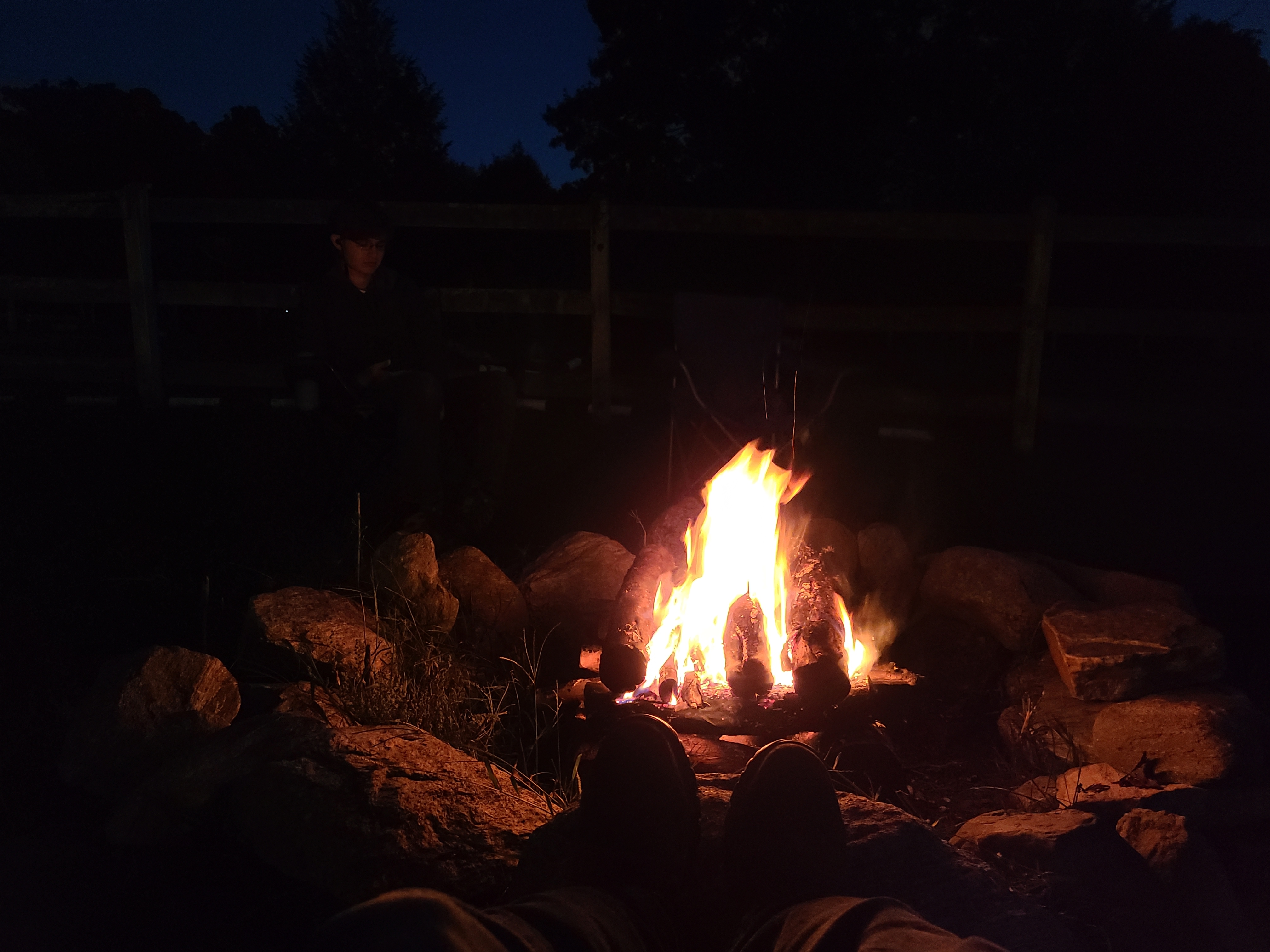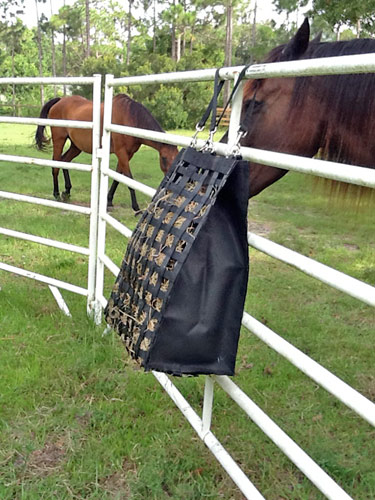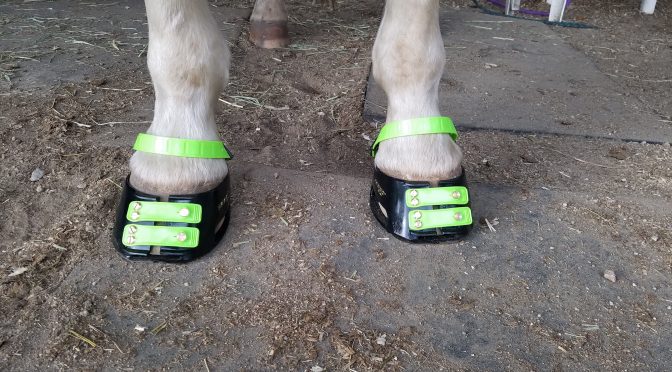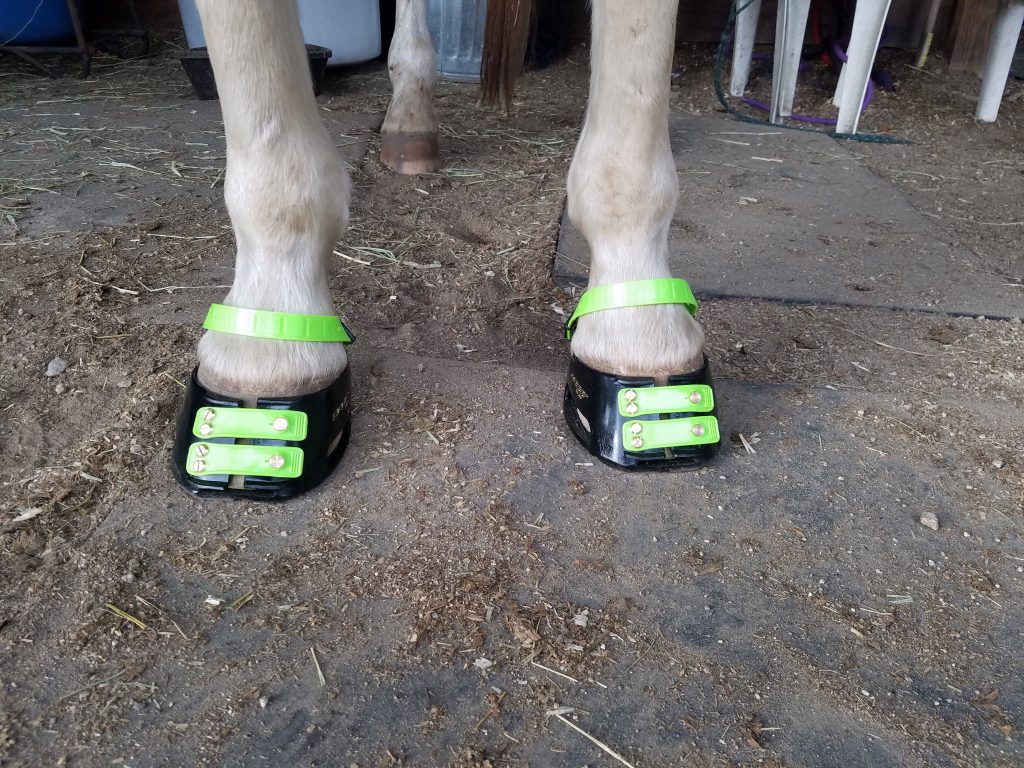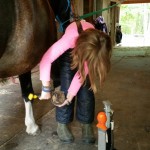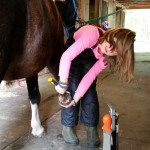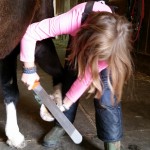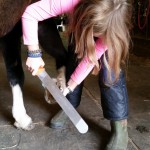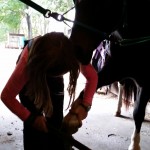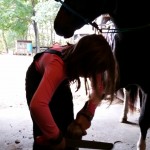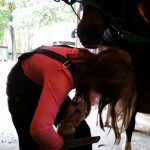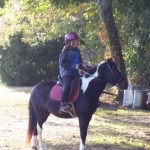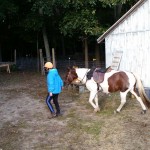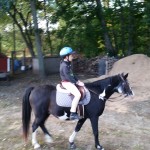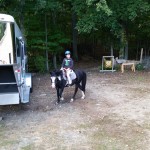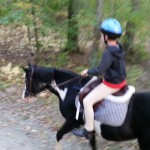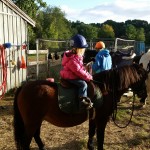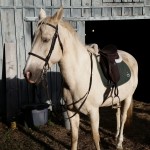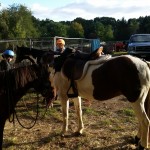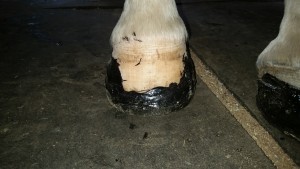Back in early July, I posted about my excursion into the world of glue-on shoes. Here is the original post in case you missed it:
https://thesawyerfarms.com/shoes-on-my-horses/. So, it’s time for a followup. Most of the blog posts I have seen are about how great and wonderful everything is and how rewarding the experience was. This isn’t one of those posts.
My first glue up was done on Mystique, and her shoes stayed on 4 weeks. At that point, I pulled them due to only having a little attachment on the side of each hoof. Dakota’s were pulled at the same time. King’s lasted a few more days, but only 4.5 weeks. Of note, I didn’t follow the entire protocol laid out by Easy Care. In particular, I didn’t use the Dremmel to rough the bottom of the hoof, I didn’t use the buffy (a sander) on the wall, and I didn’t use a torch to dry the hoof. I did go to town with a wire brush to prep the bottom and side walls of the hoof. Let’s just say, trying to use the buffy on Mysti or Dakota would result in them leaving the barn, with the cross ties still attached to their halter, and eyes bugging out of their heads. We will work on that. With a lunge line. In the arena.
For the next round, Mysti and Dakota got shoes on all 4 hooves. King was left bare (he only got them the first time to give me another horse to play with). Mysti’s was first and her shoes went on without any real problems. I did keep Anna in the barn this time to assist with picking up the opposing foot to make the process go easier. Anna also rode Dakota for about an hour before he go trimmed and shod; he gets very nervous around farriers and a little work helps take the edge off.
After I finished Dakota’s first shoe, I realized I was out of new glue. I had 3 tubes of Adhere that were 2 years old and had been stored in the garage through heat of summer and cold of winter. Since it was all I had available, I decided to give it a try and hope for the best. Dakota isn’t the most cooperative horse. When I did his back left hoof, he didn’t exactly load it evenly as he put it down. Instead, he decided to stomp his toe into the ground and knock the shoe off. I got it back on, but after the glue cured, it was clear the shoe had too much twist on the hoof and couldn’t stay. I was after 8:30, I was hot, tired, and frustrated, so I pulled both back shoes and called it a night. I wasn’t happy as I tossed $50+ in the trash (the shoes can’t be reused once they have glue on them).
Additionally, I had serious doubts about the glue. Everything Easy Care had warned me about the signs of bad glue were present – grey and grainy look, not mixing well, etc. So, I ordered some Equilox from Meader Supply, but just enough to do 2 shoes. With shipping, it was about $30 worth of glue. So, 4 days after the previous episode, it was time to try Dakota’s hinds again. The Equilox I chose was a small container that you mix for immediate use. You have 6-8 minutes before it cures. I had enough to do both shoes, but I was “on the clock” once I mixed it. I decided to do the left hind first. Guess who managed to stomp a toe down again before the other hoof could get lifted? That’s right – Dakota knocked the shoe off again, but this time, smeared the glue all over his sole, and managed to get dirt all over the shoe and his hoof. I just threw away the rest of the Equilox and the now ruined shoe. Dakota is turning out to be an expensive test subject.
So, we had a hunter pace on Sunday. Saturday, after trimming 11 other horses, I decided we were going to get some shoes glue on those hind hooves! Anna rode him to calm him. He was hot, I was hot, and we were both sweaty. Neither of us felt like arguing. We cooled the glue and the shoes before application to give a little more cure time. By the way, I still only had the 2 additional tubes of old glue available, but that was all I had. So, I got to work. Amazingly, 20ish minutes later, Dakota had shoes glued on both hind feet and it was the prettiest glue up I had accomplished, with very little excess squeezing out around the edges! But don’t celebrate too much…
The next morning, we went off to Arcadia and the WGHA Hunter Pace #2. About 1.5 miles in, I looked down at Dakota’s hooves in front of me and noticed both hinds were oddly lacking shoes. That’s right – the glue didn’t hold. Needless to say, all that glue is in the trash can to be removed tomorrow morning by Willimantic Waste. Dakota’s front shoes did fine on the ride and Mystique’s stayed on all the way around. Mysti was being a complete idiot for the first 5 miles, but that’s another story.
So, tonight it was time for a short training ride. What good news does Anna greet me with when I arrive at home? Mystique has lost a back shoe. It only made it 9 days. So, I pulled the other hind and we went for a short ride. The last shoe on Dakota that was put on with old glue isn’t going to make it much longer.
I’ve already sent an email to get more shoes, more glue, a buffy, and other supplies. Next week it’s time to do another round of gluing on shoes. We will also have to do some serious training so the horses tolerate the other portions of the gluing regime without killing me in the process.
Why am I so committed to this project? I could just go back to using the boots that have served us to this point. To a certain degree, it is the challenge of getting this right. Trust me, it’s turning out to be a lot harder than I expected. I have considered trying Equilox instead of Adhere, but I don’t really think that is the biggest problem right now. Also, I want this to be an “arrow in my quiver” so to speak, I am not comfortable doing it for a client until I know I can do it correctly. Luckily, we have plenty of horses here on our own farm that I can continue to use as test subjects.
